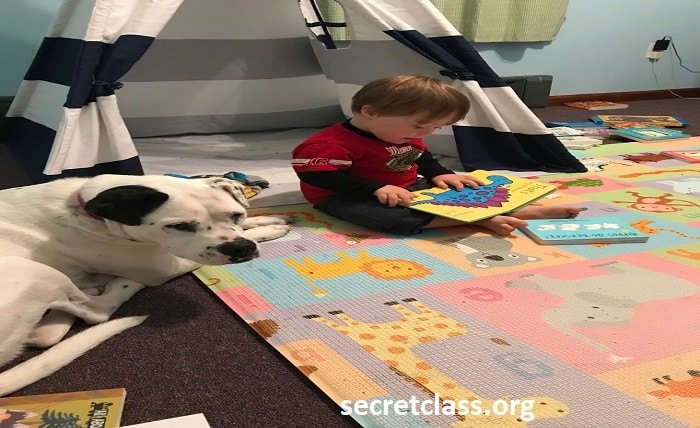Empowering Potential: Modern Approaches to Educating Children with Intellectual Disabilities

The term “retarded child” is outdated and disrespectful. Today, we use terms like “intellectual disability” or “learning difference” to describe children who may learn and develop at a different pace than their peers. This blog post will explore modern approaches to educating children with intellectual disabilities, focusing on empowering their potential.
1. Moving Beyond Labels:
First and foremost, it’s crucial to move beyond labels. Every child is an individual with unique strengths and needs. Focusing on those strengths allows educators to create individualized education plans (IEPs) that cater to each child’s specific learning style.
2. Importance of Early Intervention:
Early intervention is key. Programs that identify and address learning differences early on can significantly improve a child’s long-term outcomes. These programs may include speech therapy, occupational therapy, or specialized educational techniques.
3. Focus on Individualized Learning:
IEPs are crucial tools. They outline specific learning goals, accommodations, and modifications that will benefit each child. This ensures that the curriculum is accessible and engaging, fostering a love of learning.
4. Harnessing Technology:
Technology can be a powerful asset. Assistive technologies like screen readers, text-to-speech software, or specialized educational apps can bridge learning gaps and empower children with intellectual disabilities to participate fully in the classroom.
5. Building Social and Emotional Skills:
Education goes beyond academics. Social and emotional learning (SEL) programs are essential for children with intellectual disabilities. These programs help them develop communication skills, self-regulation techniques, and strategies for building positive relationships.
6. Collaboration is Key:
Effective education involves a team effort. Teachers, specialists, parents, and therapists all play a crucial role in supporting a child’s development. Open communication and collaboration are essential to ensure a holistic and successful learning experience.
Conclusion
Remember, the term “retarded child” is not only outdated but also disrespectful. Today, we celebrate the unique learning styles and strengths of children with intellectual disabilities. Modern educational approaches focus on empowering their potential through individualized learning, technology, and social-emotional development. By fostering inclusive and supportive environments, we can ensure every child has the opportunity to thrive.
FAQ
Q: Where can I learn more about educational resources for children with intellectual disabilities?
A: Several organizations offer resources and support for children with intellectual disabilities and their families. Here are a few:
- The National Center for Learning Disabilities (https://www.ncld.org/)
- The Arc (https://thearc.org/)
- Understood.org (https://www.understood.org/)
Q: What are some examples of assistive technologies that can be helpful in the classroom?
A: There are many assistive technologies available, but some examples include:
- Text-to-speech software: Reads text aloud for children with reading difficulties.
- Screen readers: Converts on-screen text into audible speech for visually impaired students.
- Speech recognition software: Allows students to dictate their work instead of writing it by hand.
Q: How can I advocate for my child with intellectual disabilities in the school system?
A: You are your child’s strongest advocate! Here are some tips:
- Familiarize yourself with your child’s IEP and participate in IEP meetings.
- Research educational resources and strategies that might benefit your child.
- Communicate openly with your child’s teachers and specialists.
- Consider connecting with other parents of children with intellectual disabilities for support and information.





